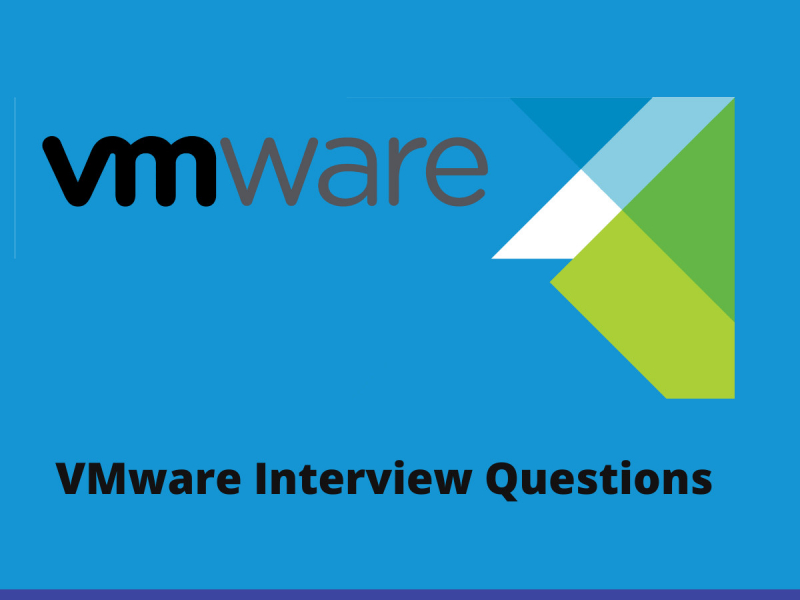The change in the tech world from a physical to a software-based virtual world has been possible with the help of VMware. VMware is a subsidiary of Dell Technologies. It acts as a leader of cloud computing technologies and virtualization. It also provides solutions in the networking fields and desktop virtualization. The consolidation of available hardware needs the virtual environment to be implemented. Subject matter experts’ demands are increasing in the market each day.
To run an organization’s business, there is a requirement of an experienced workforce. Finding the top talent to maintain and grow the organization, professionals are selected through technical interviews and HR process. Through the technical interviews, the professional's abilities in virtualization for a continuous business process are accessed. There is a list of VMware interview questions that might be asked to access the technical experience of the professional.

